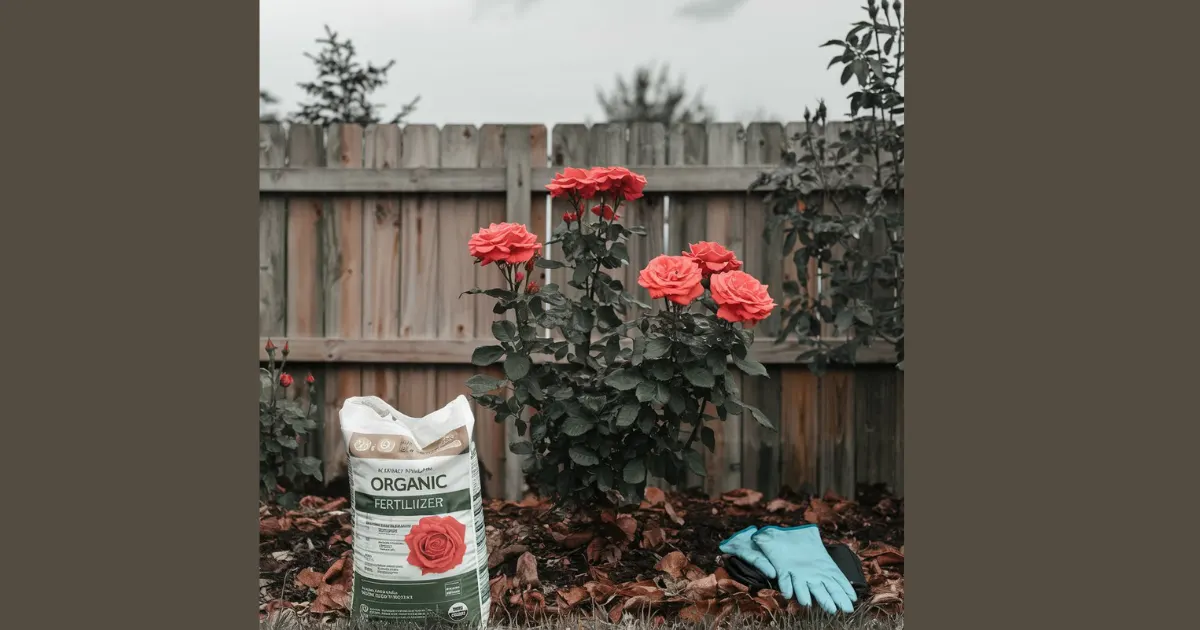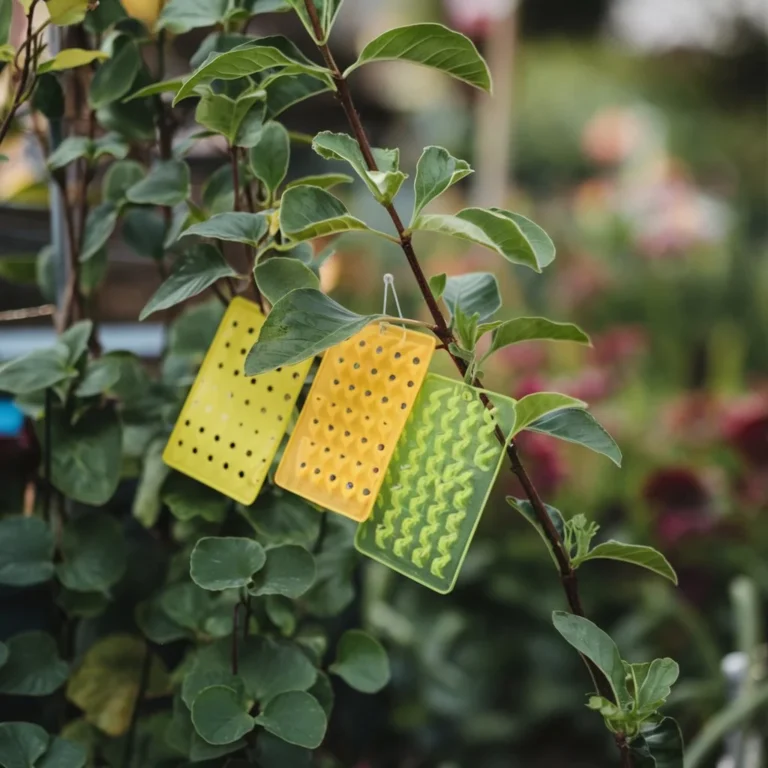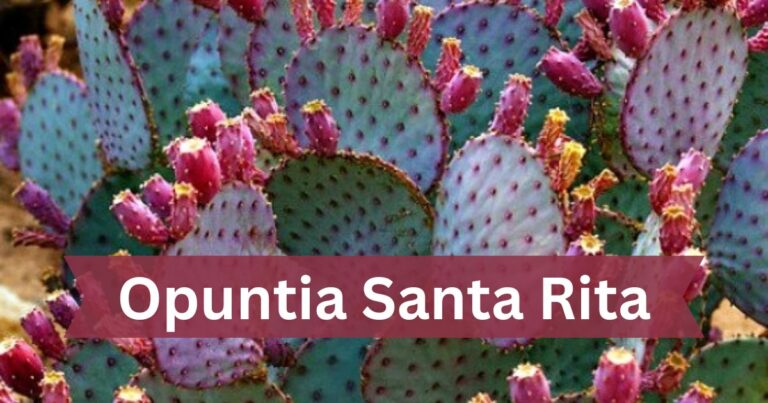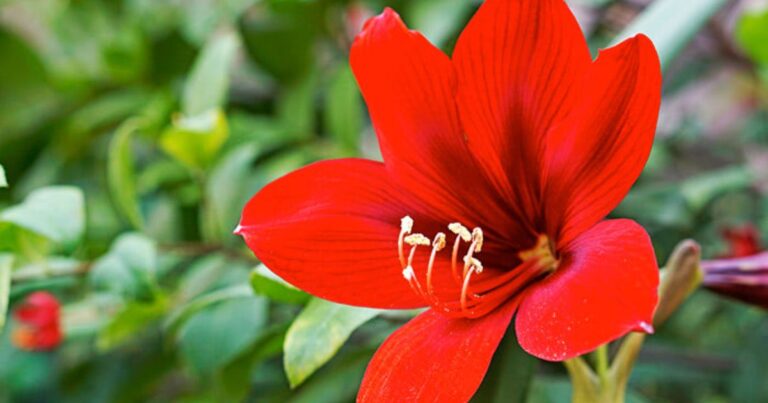How to Fertilize Roses: A Complete Guide for Healthy Blooms
Roses have been popular plants for gardeners since ancient times, with their luminary beauty and most beautiful perfumes. Hybrid teas, romance climbers, or the petite shrub roses-all need proper fertilization for lots of blooms and wonderful plants.
This guide will teach you from A to Z about roses about fertilizing them effectively, such as knowing their nutritional needs, preparing a feeding schedule that last for an entire season of healthy growth and dramatic flowering.
Understanding Rose Nutrition Requirements
Roses are very heavy feeders considering the fact that they had to be consistently supplied with their nutrients in order to thrive as much as they would produce their flowers. And before we can go on with understanding different techniques on how to apply fertilizer to your roses, let us first take hold of the fact that roses have special nutrients that are essential for their growth and development.
Essential Nutrients for Roses
- Nitrogen (N): It promotes rapid green growth and is especially important in early growing season; will be the first number in the NPK ratio in fertilizer packages. Phosphorus (P): Helps with strong root and profuse flowering; it is the second number in the NPK ratio. Potassium (K): It helps with general plant vigor, resisting disease; it helps roses resist environmental stresses such as drought or cold.
- It is the third number in the NPK ratio. Minerals such as magnesium, iron, manganese, and calcium enrich rose health, but their necessity for optimal growth becomes crucial. Magnesium takes part in chlorophyll synthesis, while iron is responsible for preventing chlorosis (yellowing of the leaf).
Soil Preparation Provides the Foundation for Rose Nutrition
It is important to ensure that the soil is suitable to acquire nutrients for roses before conducting any fertilizer application.
Getting the pH Right
Roses flourish in slightly acidic soils that form a pH range between 6.0 and 6.5 that is when nutrients are effectively available for the sustenance of these plants. The pH can be easily checked in homes using cheap pH test kits that can be found in garden centers and various extension agencies.
In case your pH level will turn out to be under 6, then you are dealing with conventional acidity in your soil, and so you will have to lime it in order to increase the pH.Above 6.5 is considered too alkaline and should be amended with sulfur or peat moss to bring the pH down. Remember that these amendments should be made gradually, as rapid changes in pH can exert undue stress on rose plants.
Soil Structure Improvement
Roses require organic matter and well-drained soil to grow. The following soil preparation work can be done in the spring prior to the growing season:
Place a layer of 2-3 inches of compost or well-rotten manure around the base of your roses.
If the amount of water held up in your soil is more than needed by the roses, you may need to mix in some coarse sand.
As an option, you can also include a layer of worm castings, which will help slightly in terms of nutrition and work in conditioning the soil.
This soil preparation offers some nutrients and creates an environment which the fertilizers will be able to do their work better.
Types of Rose Fertilizers
Since the soil is well-prepared, the next thing depends upon which fertilizer to use. Rose gardens offer a range of options to choose from, each being helpful in its way:
Organic Fertilizers
Organic options which are derived from natural sources carry several benefits:
These are:
Compost: improved soil structure balanced nutrient supply
Manure: nitrogen rich but needs to be well-composted before being applied to prevent burning of roots.
Bone Meal: superb phosphorus source encourages flowering (usually 2-14-0).
Fish Emulsion: a fast acting boost in nitrogen, applicable during springs growth (typically 5-1-1).
Alfalfa Meal: the plant contains triacontanol, a natural rose growth catalyst, usually 3-1-2.
Rose Tonics: home-brewed concoctions like “Alfalfa Tea” (soaked alfalfa pellets) or compost tea.
Organic fertilizers are much gentler and release their nutrients to the soil microorganisms gradually and therefore reduce fertilizer burn risks. Though generally slower than chemical fertilizers, they are of topical importance to the history and health of soils.
Synthetic Fertilizers
- They’re precise nutrient ratios with very fast availability for these manufacture products:
- Granular Rose Fertilizers: These special products come with balanced ratios, for example, 10-10-10 or have the phosphorus trait with ratios like 5-10-5.
- Water Soluble Fertilizers: They are quick actants and applied in watering.
- Slow Release Formulations: Coated granules slow nutrient release for several months.
- Rose Spikes: Such fertilizer stakes can be inserted into the ground around roses for a slow release.
Choosing the Right Formula
Here are the ideal NPK ratios for roses, according to the season: Spring: Higher nitrogen (first number) to support leaf growth (e.g., 12-6-6). Pre-bloom to Fall: Higher phosphorus (middle number) to encourage flowering (e.g., 5-10-5). Fall: Higher potassium (last number) to prepare for winters dormancy (e.g., 3-5-10). Much commercially available rose fertilizers even include micronutrients especially balanced for roses. For that, you may find such full formulations convenient in a feeding programme.
How to Apply Fertilizer to Roses
If applied rightly, your roses will get the advantage to the fullest, reducing the waste and preventing damage.
For Granular Fertilizers:
- Water the roses good the day before you fertilize. Measure the recommended amount according to the size/age of your rose. From the plant, spread around the outer edges of the plant fertilizer. Use a shovelful of fertilizer and scratch it gently into the top inch of the soil with a hand cultivator. The initial distance should be approximately 3 inches from the stem and then proceed to the drip line (outermost reach of branches).Water again to dissolve the fertilizer and push it to the roots.
For Liquid Fertilizers:
- Combine as per instructions on the product label either in a watering can or sprayer.
- Apply to moistened soils but never dry soil, which can result in root burn.
- Apply the solution around the plant’s base, preventing the spray from contact with any foliage.
- For foliar applications, spray early in the morning on both sides of the leaves if deemed appropriate.
For Slow-Release Fertilizers:
- Depending on the dimensions of the rose bed, calculate the right quantities for distribution. Spread around the plants but do not let it come into contact with the stems. Lightly work into the surface of the soil. Water in well after applying.
Seasonal Fertilization Schedule for Roses
Fertilizing the rose bush requires a precise sense of timing. Here is one guideline for when to fertilize in your particular regionously along:
Early Spring (When Leaf Buds Swell)
- Just when the first new red growth appears, usually as the leaf buds are beginning to swell, is the time to apply first feeding.
- Balanced fertilizers, or fertilizers that are slightly higher in nitrogen, are used to encourage initial growth.
- If you didn’t apply compost in the fall, give the plants some.
Late Spring (Pre-Bloom)
- This is a second application of fertilizer 4 to 6 weeks following the first feeding at subsequent growth points. In this case, a bloom-enhancing formula that is richer in phosphorus is recommended. A factor to add to this is the application of Epsom salts (1 tablespoon per gallon of water) to help boost magnesium levels.
Early Summer (First Bloom Cycle Completion)
- As the initial wave of flowering results starts to diminish, apply another round of fertilizer. After that, de-head the spent flowers and fertilize to stimulate renewed growth. Continue with a formula for flowering stimulation.
Midsummer
- Feed often at intervals of 4 to 6 weeks during summer, especially in hotter climates.
- For rose gardens and really hot weather periods, drought-resistant crops may suspend feeding.
- Continue even feeding with every blossom booster or balanced formula.
Late Summer/Early Fall
- Carry on with feeding just the same into 6 weeks before the first forecasted frost; in zones 7 and warmer.
- In cooler zones, cease feeding much before that to prevent tender new growth from being frost damaged.
- Change over to a formula with more potassium to harden cells and increase cold-hardiness.
Fall Preparation
- Cease incorporating nitrogen-rich fertilizers at least 6-8 weeks before the date of the anticipated first frost.
- The last application of potassium-rich fertilizer serves to prepare the roses for winter.
- Provide a good mulch cover of compost or well-rotted manure as protection.
Special Situations in Rose Fertilization
Certain circumstances call for alterations in your standard fertilization practices:
Newly Planted Roses
- Do not use fertilizers in new rose plants until after the first bloom cycle
- Start by using half the strength for the first fertilization to avoid root burn
- Encourage root establishment using a phosphorus-rich starter fertilizer
Container-Grown Roses
- Fertilizer is applied moreso but at half-strength. Every 2-3 weeks is typical during the growing season. Slow-release fertilizers may be considered to reduce the frequency of application. Watch for salt buildup and occasionally leach containers with plain water.
Roses Under Stress
- Never fertilize under drought unless you are able to schedule enough water
- Fertilization should not be done for plants showing symptoms of disease until they are back into health
- Roses under heavy pruning should be skipped for fertilization until new growth is shown
Climate Adaptations
- Reduce or stop fertilization in the hottest months in the southern climates for roses.
- Start late and end earlier during northern cool areas.
- Roses in mild winter areas need year-round feeding at a reduced rate.
Common Fertilization Mistakes and How to Avoid Them
Overfertilization
Such as: Leaf burn, scraggly growth, and withering despite adequate water supply, soil appears saline.
Prevention:
- Eliminate Slow Release from the Input Mainly for Its Duration. Otherwise, Continue Watching Space. Less is Often More in the Case of Rose Fertilization. When Unsure, Always Dilute to Half Strength. It Is Better to Maintain a Regular Schedule Rather Than Heavy Dosing Infrequently.
Imbalanced Nutrition
Symptoms …. Yellow leaves with green veins (iron deficiency), distorted new growth (boron deficiency), purple leaves with green veins (phosphorus deficiency)
Prevention:
- Employ fertilizers that contain micronutrients wholly for roses.
- To make sure that nutrient availability is adequate, maintain the right soil pH.
- Change among types of fertilizers as the season progresses.
Poor Timing
- Symptoms: Frost injury to late-season growth; weak spring performance.
- Prevention:
- Stop fertilizing with too much nitrogen about 6 to 8 weeks before the first frost.
- Resume such treatment after the first new growth starts showing in spring.
- Adjust according to your local climate conditions.
Natural Rose Fertilization Techniques
For gardeners preferring minimal chemical input strategies, these natural approaches often yield excellent results.
Companion Planting
- The Certain Screening Plants Enhance Rose Nutrition When Planted Nearby:
- Use Garlic and Chives to Repel Aphids Treatments While Contributing Soil Sulfur
- Attract Beneficial Insects for Pests of Roses: Parsley
- Legumes-fixed Nitrogen-water Available in Soils to Roses
Mulching for Nutrition
Organic mulches decompose and nourish soil continuously at a gentle rate over time. Shredded Leaves: Rich in microelements and beneficial to soil architecture Pine Needles: Gradually acidifying the soil; roses love it in alkaline conditions Grass Cuttings: Very nitrogenous but should be dried before laying Cocoa Hull Mulch: Beautiful and nutritious (toxic to pets) Spread an organic mulch layer of 2-3 inches; keep slightly off the main stems.

Worm Composting
- Worm castings, or vermicompost, is an extremely balanced and microbe-filled amendment that roses cannot resist:
- 1 to 2 cups around each established rose in spring and again mid-season.
- Prepare “worm tea”: soaking castings in water for a gentle liquid fertilizer.
- The utmost benefits are acquired when applied as a drench or a foliar.
Monitoring Rose Response to Fertilization
One way of knowing that a rose has been effectively fertilized is by observing the appearance of the plants and their performance:
Positive Indicators
- Deep green, shiny foliage. The stems are strong, upright, and carry a proper diameter. The blooms are profuse, well-formed, and of rich coloration. Blooms continuously throughout the season. Some resistance to diseases and attacks by pests is prevalent.
Signs of Fertilization Problems
- Foliage becomes sparse, pale, or yellowing.
- Weak, spindly growth forms.
- Blooms are few, or flowers are small and poorly formed.
- More susceptible to blackspot or pow-dery mildew or insect damage.
- Brown leaf margins (fertilizer burn).
Conclusion
Grow beautiful, strong roses that will amaze everyone into the dictionary definition of “vigor” through bright and color-appropriate blooms with perfect nutrition. Focusing on the most necessary guidelines for effective fertilization, observing and understanding their specific nutritional needs, careful product selection, and proper timing and dosage will get you through.
Observation is your best weapon – pay close attention as to how your roses respond to the fertilization so that you can make adjustments as needed. Each rose garden has its own distinct set of soil conditions and microclimate, making it completely unique.
Over time, you will develop your unique approach that works perfectly with your specific roses. The roses will reward you this year with months of gorgeous blooms accompanied by an enchanting fragrance and that wonderful satisfaction associated with having successfully grown one of these treasured garden plants.







